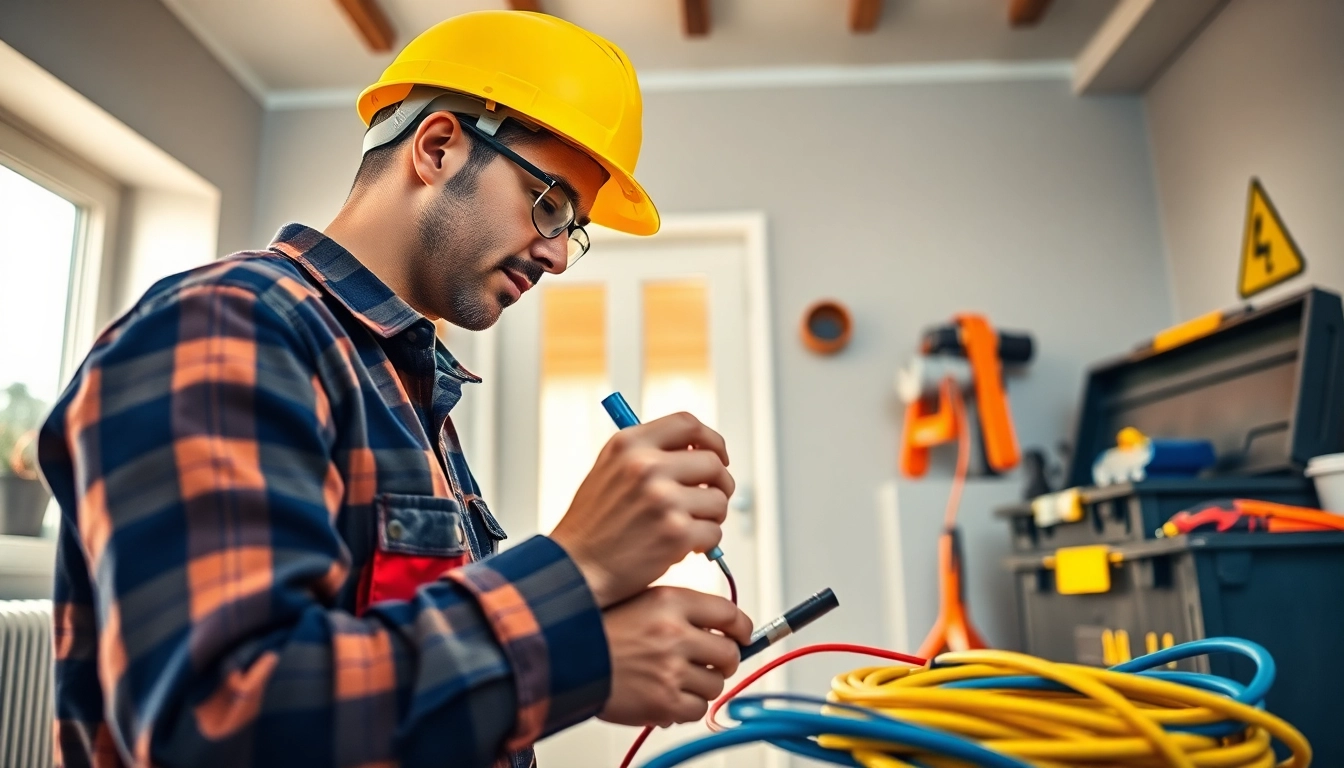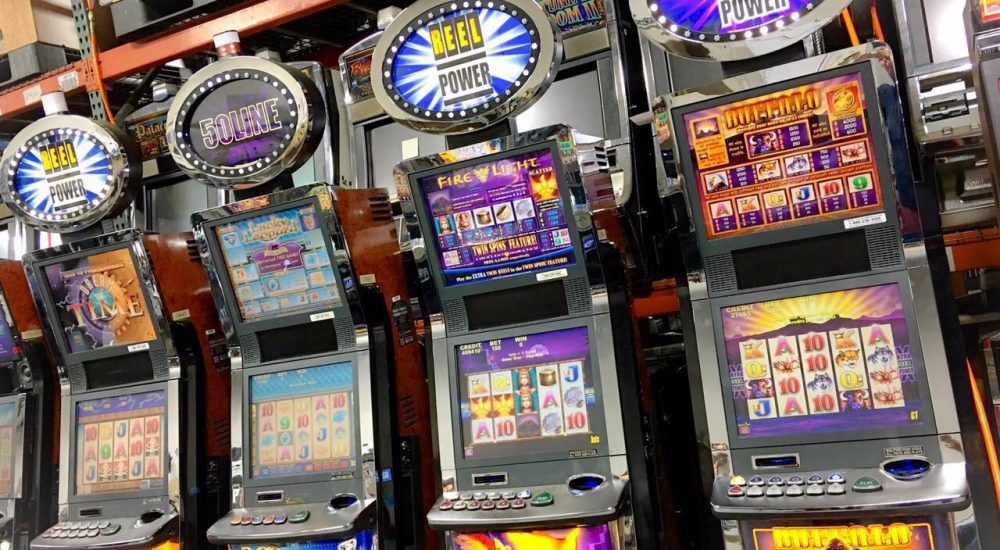Knowing when to call an Electrician can prevent costly damage, save lives, and ensure your home remains safe and functional. Many homeowners overlook electrical issues until it’s too late. By recognizing the early warning signs, you can avoid major hazards and expenses. Below are the top signs that indicate it’s time to contact a professional electrician.
Flickering or Dimming Lights
Flickering or dimming lights are often the first sign of an underlying electrical issue. While this may seem like a minor annoyance, it can indicate more serious problems with your wiring or electrical panel.
Overloaded Circuits
An electrician can evaluate if your circuits are being overloaded, especially when multiple appliances are running. They can install additional circuits or upgrade your panel to handle more power safely.
Loose Connections
A professional electrician can tighten or replace loose connections to prevent future issues like arcing or electrical fires.
Frequent Circuit Breaker Trips
Your circuit breaker protects your home from electrical overloads. If it trips often, that’s a red flag.
Possible Short Circuits
A short circuit or ground fault needs immediate attention. An electrician can inspect your system to find the root cause and resolve it efficiently.
Outdated Panels
Older panels may not meet modern power demands. An electrician can upgrade your system to current standards, ensuring safety and reliability.
Warm or Discolored Outlets
Outlets that feel warm or show discoloration indicate heat buildup, which can lead to fires.
Wiring Issues
An electrician can check for faulty wiring or poor connections and replace them with safe, up-to-code materials.
Proper Outlet Installation
An electrician ensures outlets are grounded and installed with the correct amperage for connected devices.
Burning Smell or Smoke
If you notice a burning smell or smoke from any outlet or switch, turn off power immediately and contact an electrician.
Identifying the Source
A skilled electrician uses thermal imaging and other diagnostic tools to locate hot spots before they escalate into full-blown emergencies.
Repairing or Replacing Damaged Components
Only a trained electrician should replace melted wiring, scorched outlets, or damaged breakers.
Buzzing Noises in the Walls
Buzzing or humming sounds inside your walls often mean there’s a problem with your electrical system.
Loose Wires
An electrician can track down and secure loose wires to eliminate noise and potential hazards.
Faulty Fixtures
Sometimes the issue lies within fixtures. A professional electrician can repair or replace them to stop the noise and improve safety.
Old or Non-Grounded Wiring
Homes built before the 1980s may have outdated wiring that doesn’t meet current safety standards.
Aluminum Wiring
An electrician can replace aluminum wiring, which is prone to overheating and failure, with safer copper wiring.
Two-Prong Outlets
If your home still has two-prong outlets, an electrician can upgrade them to grounded, three-prong outlets to support modern electronics.
Sparks When Plugging In Devices
Seeing sparks when plugging in appliances is not normal and should never be ignored.
Detecting Overloaded Circuits
An electrician can test whether your circuit is carrying too much current and redistribute the load if needed.
Ensuring Proper Grounding
A professional electrician will ensure your outlets and system are properly grounded to prevent arcing and surges.
Conclusion
Don’t wait for a major incident to realize you need an electrician. Whether it’s flickering lights, strange smells, or constantly tripping breakers, these signs indicate your home’s electrical system needs attention. A licensed electrician can diagnose problems accurately, provide safe repairs, and upgrade your system to meet current safety standards. Protect your home and family by calling an electrician at the first sign of trouble. Regular inspections by a professional electrician can also prevent these issues from arising in the first place. Always trust an experienced electrician to keep your home safe and efficient.


